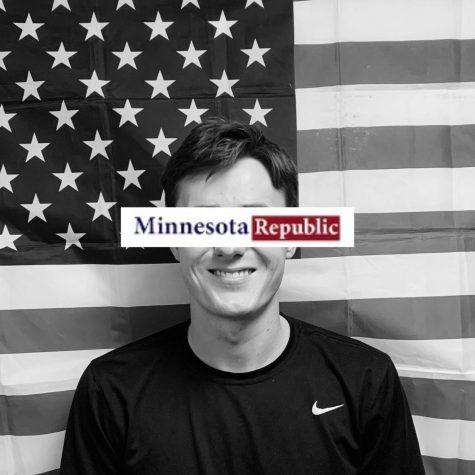Tiger vs. Phil- Slugfest or Pillow Fight?
December 6, 2018
Be careful what you wish for because you’ll get it. Ever since Tiger Woods and Phil Mickelson emerged as the undisputed top two golfers in the world, golf fans clamored for the day when the two would go head-to-head in a high-stakes environment.
Unfortunately, those days have been few and far between. They dueled on Sunday in 2005 at Doral and Woods edged out Mickelson by a single stroke en route to a victory.
The next significant matchup between the two took place at Pebble Beach in 2012. Phil’s final round 64 vaporized Tiger, as the then-number one player in the world limped home with a 75.
On November 23rd, the two golfers faced off in “The Match”, a pay-per-view event put on by Turner that fans could watch for the price of $19.99.
The event featured many aspects not found on the typical PGA Tour broadcast: the players and caddies wore microphones, drones were used to cover the action from the skies, and side bets were allowed to be put into place at any time.
Sadly, “The Match” ended up falling flat, and its failure can be attributed to several different factors.
First and foremost, neither of the two golfers played well. Despite the relatively benign setup of the course, each player only managed a handful of birdies.
Woods particularly struggled on the greens, and couldn’t get any putts to drop all day. He looked rusty in all facets of the game, and his performance was uninspiring, to say the least.
Luckily for Tiger, Phil Mickelson didn’t fare much better. The left-handed golfer struck the ball much better than Woods, but just like his counterpart, Mickelson never got into a rhythm with his putter.
Even though neither player brought their A-game, the event actually produced some fireworks down the stretch.
Tiger stepped up to the picturesque 17th hole one down in the match, and after his iron shot sailed over the green, it looked like Woods had spent his powder.
But he’s Tiger Woods, so of course, he chipped in to even the match going into the final hole, which was halved with birdies.
It took four playoff holes, but eventually, Phil edged out Tiger and seized the $9 million in dramatic fashion.
The poor performances turned in by the two competitors obviously put quite the damper on the proceedings, but unfortunately, they weren’t the only issues that plagued “The Match”.
Every major broadcast, whether it is covering sports or politics, needs a clear structure and hierarchy when it comes to letting commentators speak. Crosstalk is never appealing to the viewer at home.
When it came time for Turner to decide who to put into the booth for “The Match”, it seems to me they just crossed their fingers and selected “all of the above.”
Most golf broadcasts feature two commentators in the 18th tower, with several extra reporters out on the course to assist in calling the action occasionally. With “The Match”, viewers got a disjointed group of personalities all jostling to make their voices heard.
All at one time, the broadcast featured Ernie Johnson doing play-by-play, Charles Barkley cracking jokes, Peter Jacobsen excitedly blurting the first thing to pop into his head, Darren Clarke giving his two cents, and finally, the conversations taking place between the golfers and their caddies.
“The Match” was a tantalizing prospect for a sport that rarely reaches a mainstream audience. And while the format needs reworking, the event showed that these kinds of high-stakes money matches have a future in the game of golf.












